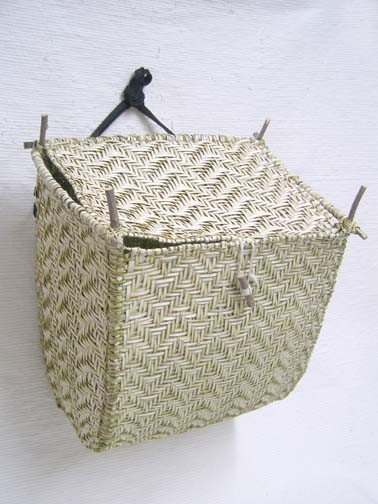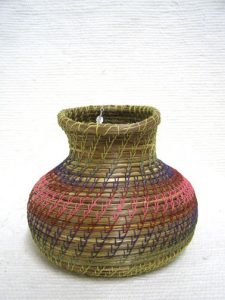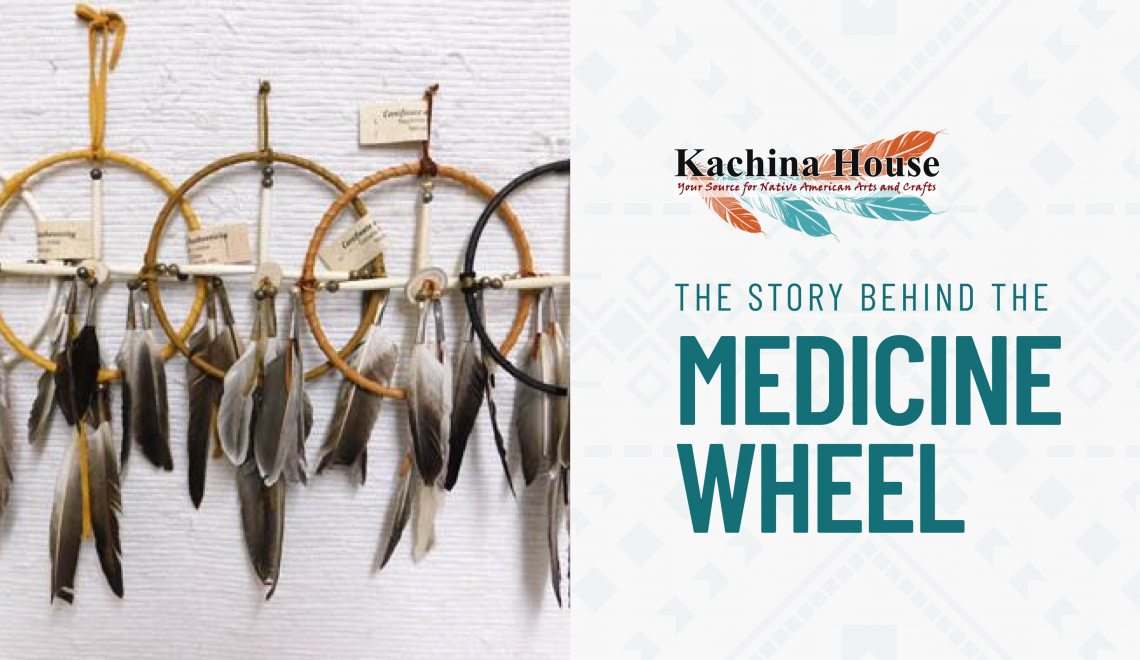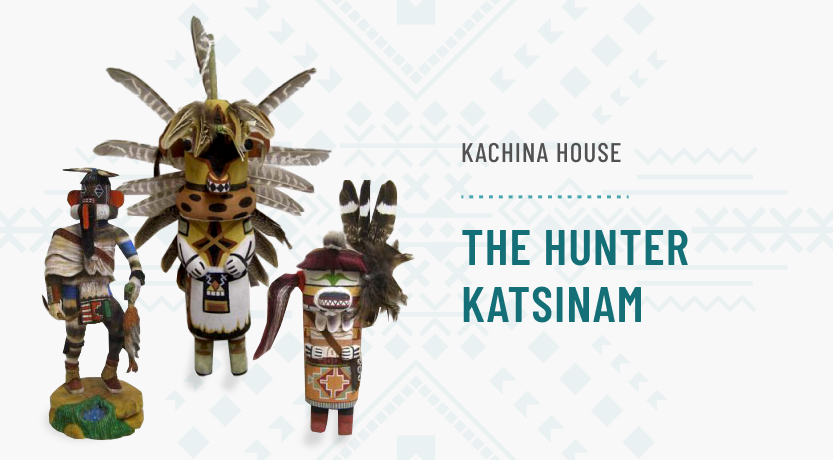
One of the oldest crafts in Native American cultures is basket weaving. Each tribe has its own s pecific methods and materials to create woven baskets.
pecific methods and materials to create woven baskets.
Basket weaving has played a crucial role in the lives of Native American people and still does today.
The diversity in basket weavings techniques, materials, and colors make Native American baskets both unique and versatile. The baskets are both strong and durable, proving to withstand the test of time as they are passed from generation to generation.
Many Native Americans will tell you that when you hold an antique Native American basket in your hands, you are holding a piece of history that represents many generations.In fact, basket weaving can be traced back to the beginning of mankind.
The Native American cultures have always been faithful in their traditions, beliefs, and practices.
Basket weaving was, and still is, a sacred tradition and one of absolute necessity.
In a world where there were no cupboards, plates, or bowls to hold your belongings, baskets served as indispensable items that had multiple purposes. They allowed people to carry water, clothing, food, and much more.
In Native American cultures, baskets took the place of every modern convenience we take for granted and also served as a representation of tribes and stories.
Baskets showcased individual character and the vitality of the Native Americans who made them.
Each tribe used different materials native to the area to weave their baskets. Northeastern Indian baskets are made from pounded ash splints or braided sweetgrass. Southeastern Indians used bundled pine needles or rivercane wicker. Southwestern Indians made baskets from tightly coiled sumac or willow. Northwest Coast Indians wove their baskets with cedar bark, swamp grass, and spruce root. Northern Indians crafted birchbark and whale baleen baskets.




